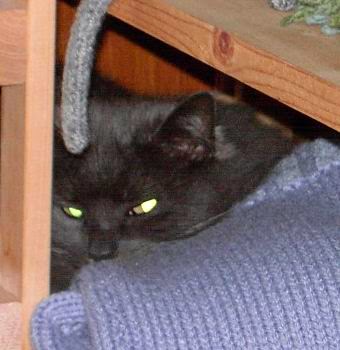Thanks to Leanne for giving us the opportunity to post on her blog!
(It's my pleasure. I'm looking forward to learning more about Ronsdale Press.)
Ronsdale Press was founded in 1988. We are a literary publishing house that
publishes fiction, poetry, regional history, biography and autobiography, and
books for young readers.
-This is a challenging time to be a publisher. How is Ronsdale Press
uniquely equipped to meet these challenges?
It’s a challenging time, but also an exciting time. The expansion of ebooks
and online vendors is certainly changing the publishing landscape, and it’s
interesting to be a part of it all. I think that mindset—that we are eager to
find ways to not just “cope” but to excel in this new era of publishing—is
essential.
We publish almost all our new books in ebook format, stay active on social medial and embrace sites like 49th Shelf, All Lit Up, and Goodreads. Our staff routinely takes part in professional development seminars to further our education in these areas. We are also in the process of working with a print on
demand company to more efficiently print and ship our titles to customers abroad.
And while the medium may be shifting, the content largely remains the same—and readers want good content. Publishing prominent writers like Jack Hodgins, and award-winners like Pamela Porter and Richard Wagamese, is a giant first step in meeting these challenges.
-I understand that Ronsdale press is a Canadian publisher, what unique
benefits and challenges do this present?
An obvious challenge is that many great Canadian writers don’t receive the same “buzz” that an American author might, limiting our exposure to the casual reader. But that just means we have to work a little harder promoting our authors, and groups like the Literary Press Group and others are making progress on that front.
An enormous benefit is the wealth of amazing writers here in Canada. We’ve published a great many non-fiction books and biographies, too, which would not be possible without Canada’s fascinating stories and story makers.
-How does Ronsdale Press market its books? Does it have a global
reach?
Essentially, with the internet and technology of today, we have achieved
global reach. While we focus our marketing efforts in North America and the
United Kingdom, we do provide direct sales to customers from anywhere (anywhere we can ship to, that is). A few recent examples include India, South Africa and
Korea. Printing on-demand in foreign countries will greatly help this effort.
-How do you market your books?
We advertise in both local and national media, and send review copies to reviewers across Canada and the United States (and sometimes abroad). We are active on Facebook, Twitter, Pinterest and our own website, as well as with our monthly newsletter. Ronsdale and our authors participate in book launches,
fairs, festivals, signings and readings.
-Please describe a typical workday at Ronsdale Press.
Like many independent publishers in Canada today, we have a small office with a limited staff. A “Publishing Assistant” in today’s industry wears many
hats: secretary, marketing co-ordinator, copy editor, publicity manager, head of
the shipping department, and many more.
-Do you publish print, ebooks or both?
We publish both print copies and ebooks of almost all our new titles. We
have also converted a great many of our backlist titles to ebook format and
continue to do so.
-Please lead us through Ronsdale Press's author submission process...
We accept manuscripts from Canadian writers, both emerging and established,
as per our submission guidelines. We review all manuscripts that arrive and strive to reply within 2-3 months. Our readers review the submissions and make their recommendations to the acquisitions editor, who makes the final decision.
We will then reply to the author with our decision and include any relevant feedback regarding their work.
-How do you choose the authors you publish?
First and foremost, the manuscript must good fit for Ronsdale and one that we can promote successfully. We need the author to be able to promote their own work, too. As the face of Canada changes, we are increasingly looking out for multicultural writers. And as our mandate states, we are “dedicated to
publishing books from across Canada, books that give Canadians new insights into
themselves and their country.”
-Please walk us through the process of publishing a book...
After accepting a manuscript, we work with the author to edit their book to a publishable standard. Our designer creates for us a cover and bookmark for the title. When editing is complete, we send it to the typesetter. We proofread the
typeset copy very carefully at least once more before sending it to the printer.
Meanwhile, early promotion is underway and we communicate with our sales reps about how many copies we should print. The book is then printed and distributed
to the bookstores, where we hope they sell, sell,
sell!























